What's the meaning of the Greek Orthodox Church »
Greek Orthodox Church
This page is about the meaning, origin and characteristic of the symbol, emblem, seal, sign, logo or flag: Greek Orthodox Church.
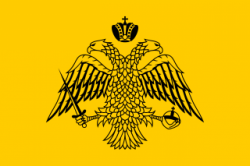
The name Greek Orthodox Church or Greek Orthodoxy, is a term referring to the body of several Churches within the larger communion of Eastern Orthodox Christianity, whose liturgy is or was traditionally conducted in Koine Greek, the original language of the New Testament, and whose history, traditions, and theology are rooted in the early Church Fathers and the culture of the Byzantine Empire.
Greek Orthodox Christianity has also traditionally placed heavy emphasis and awarded high prestige to traditions of Christian monasticism and asceticism, with origins in Early Christianity in the Near East and in Byzantine Anatolia. Today, the most important centres of Christian Orthodox monasticism are Saint Catherine's Monastery in the Sinai Peninsula (Egypt), Meteora at Thessaly in Greece, Mount Athos in Greek Macedonia, Mar Saba in the Bethlehem Governorate of the West Bank, and the Monastery of Saint John the Theologian on the island of Patmos in Greece.
Historically, the term "Greek Orthodox" has also been used to describe all Eastern Orthodox Churches in general, since "Greek" in "Greek Orthodox" can refer to the heritage of the Byzantine Empire. During the first eight centuries of Christian history, most major intellectual, cultural, and social developments in the Christian Church took place within the Empire or in the sphere of its influence, where the Greek language was widely spoken and used for most theological writings. Over time, most parts of the liturgy, traditions, and practices of the church of Constantinople were adopted by all, and still provide the basic patterns of contemporary Orthodoxy. Thus, the Eastern Church came to be called "Greek" Orthodox in the same way that the Western Church is called "Roman" Catholic. However, the appellation "Greek" was abandoned by the Slavic and other Eastern Orthodox churches in connection with their peoples' national awakenings, from as early as the 10th century A.D. Thus, today it is generally only those churches that are most closely tied to Greek or Byzantine culture that are called "Greek Orthodox".
- 2,014 Views
Graphical characteristics:
Asymmetric, Closed shape, Colorful, Contains curved lines, Has crossing lines.
Category: Emblems.
Greek Orthodox Church is part of the Coat of Arms group.
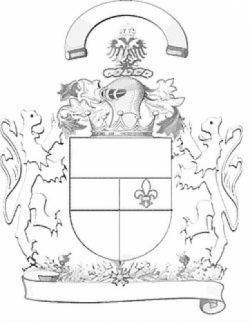
More symbols in Coat of Arms:
A coat of arms is a unique heraldic design on an escutcheon (i.e. shield), surcoat, or tabard. The coat of arms on an escutcheon forms the central element of the full heraldic achievement which consi… read more »
More symbols in Emblems:
An emblem is an abstract or representational pictorial image that represents a concept, like a moral truth, or an allegory, or a person, like a king or saint. Although words emblem and symbol are of… read more »
Citation
Use the citation below to add this symbol to your bibliography:
Style:MLAChicagoAPA
"Greek Orthodox Church." Symbols.com. STANDS4 LLC, 2024. Web. 26 Jul 2024. <https://www.symbols.com/symbol/greek-orthodox-church>.

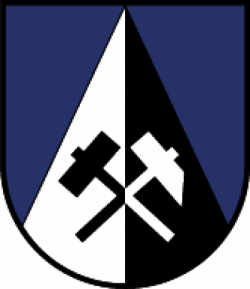
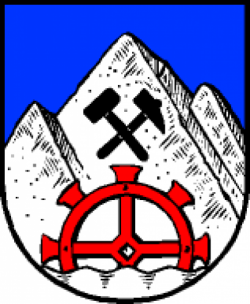
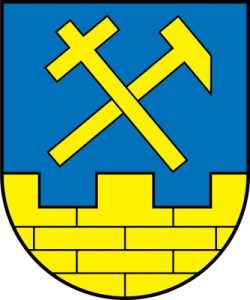
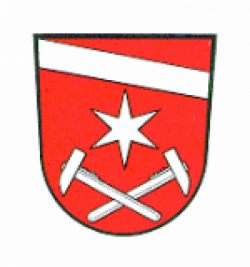

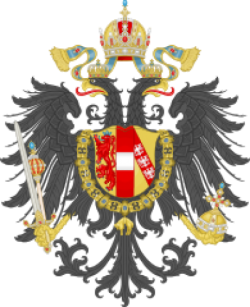







Have a discussion about Greek Orthodox Church with the community:
Report Comment
We're doing our best to make sure our content is useful, accurate and safe.
If by any chance you spot an inappropriate comment while navigating through our website please use this form to let us know, and we'll take care of it shortly.
Attachment
You need to be logged in to favorite.
Log In